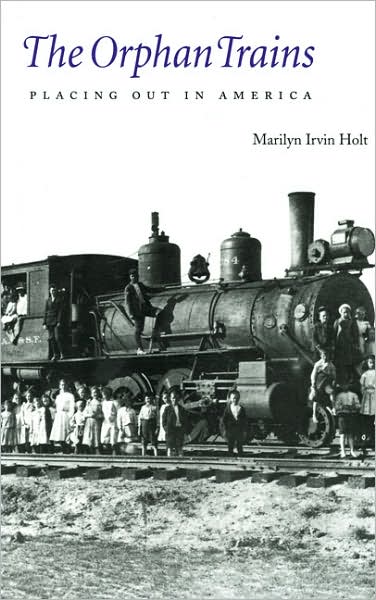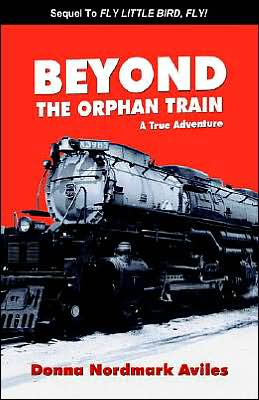
In the 1800s the West was opening up and in need of people. Eastern cities, on the other hand, often had a surfeit of the poor. Religious based charities struggled to help the masses of children who suffered the worst when their families were impoverished. But
there always seemed to be more children than places to help. At the same time a shift in how children were viewed took place. At one time children were seen as young heathens who needed to be educated to become productive adults. But in the 1800s children began to be looked at as pure innocents who if they were removed from a bad life, could be reformed and become productive citizens. Poor and orphaned children only needed to be put in good places and they in turn would become good. There was also the view that rural life
was innocent and free of vice. Large urban areas, on the other hand were viewed as full of vice and children growing up there had little hope of redemption. Placing out would change that.
To fill the needs of the Western farmers and businesses chronically short of labor children’s aid and send impoverished children to a
better world societies decided they could send children in need of homes out West to the families that needed them. Children housed in orphanages and asylums were offered to these families. Sometimes voluntarily, sometimes not. Children picked up by the police for loitering or stealing were often offered to the Aid societies.
They were moved in groups, by the train load, sometimes as many as 40 children to a rail car. The children ranged in age from 2 to 16, with some families placing out too, as well as the occasional adult seeking a new home.
Originating in Europe, placing out became common through the mid-1800s up through the 1920s. In the beginning, most of the organizations involved in arranging for the children to find appropriate families were religion based. This usually meant Protestant families. The committees wanted families who would commit to raising the children in their faith as well as guarantee them an education. The idea was not to just foster kids out for a few years, but to train them to be productive citizens.
At first the effort was applauded as not only aiding children in need, but in removing potential future criminals since most of these
children came from the more crowded, crime ridden areas of major cities. Places like New York’s Five Points had an organization that arranged homes for many placed out kids. But dissension grew and critics of the program voiced their opinions loudly. There were complaints of children being exploited – instead of being taken in to families, they were being treated as indentured servants.
Slavery had just ended in the late 1800s, and some saw outplacing as a way to secure new unpaid labor, since in many cases the outplaced children received room and board and an education. There were stories of abuse, or cruelty, even rape. Eventually the criticisms, changing laws and growing western populations, made placing out a thing of the past.

To learn more:
Orphan Trains
Placing out in Kansas
Child Labor in the US